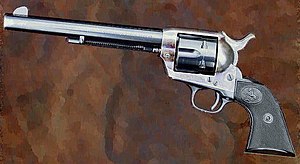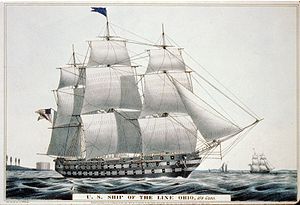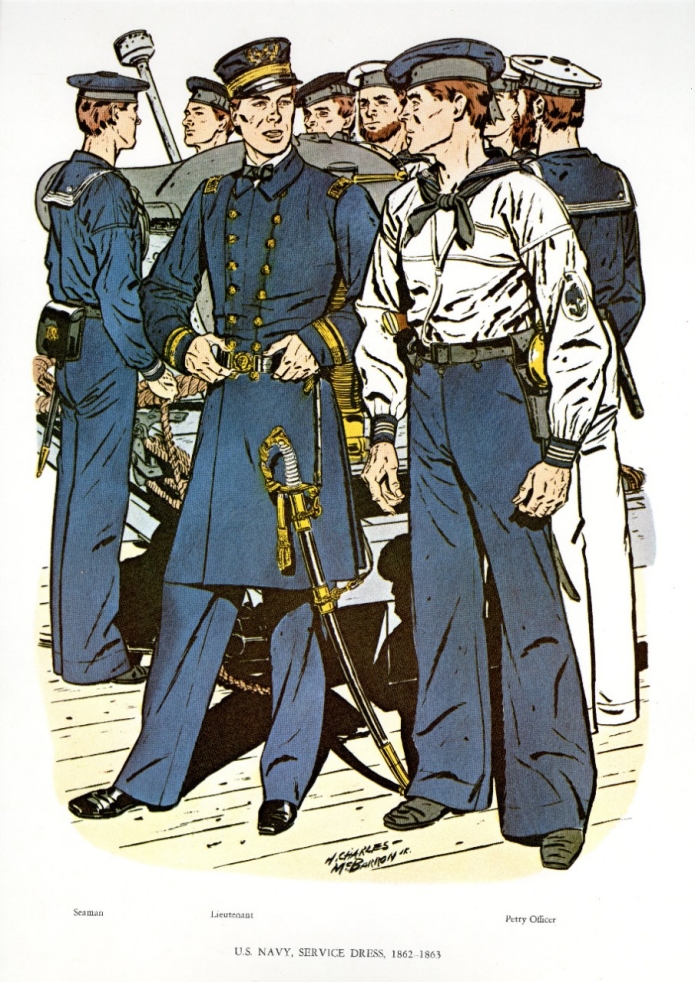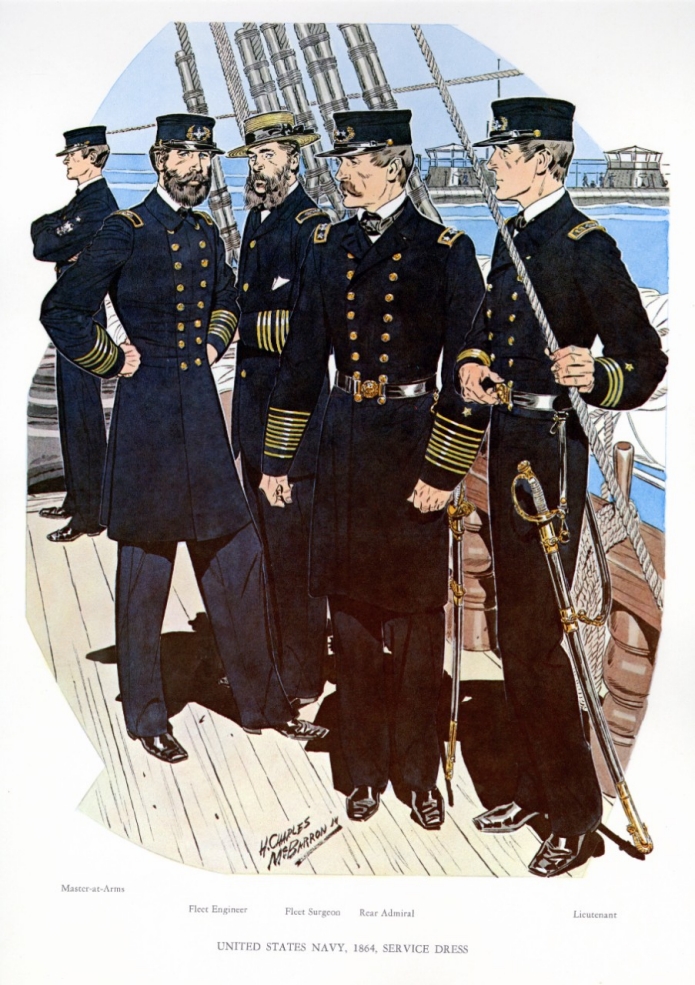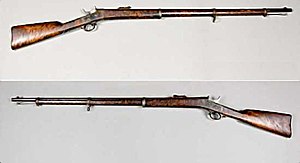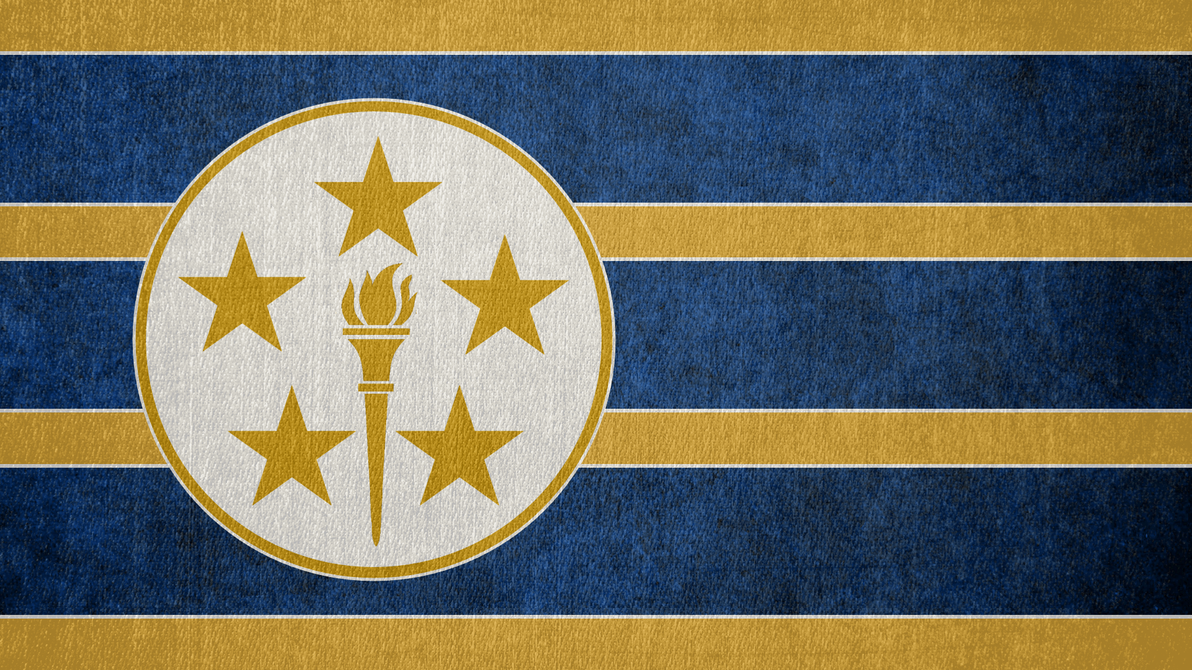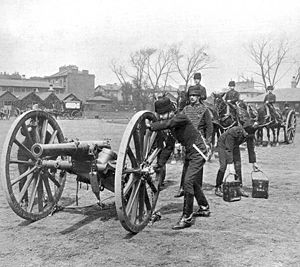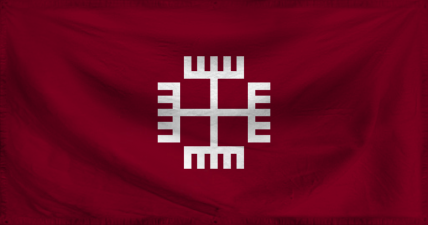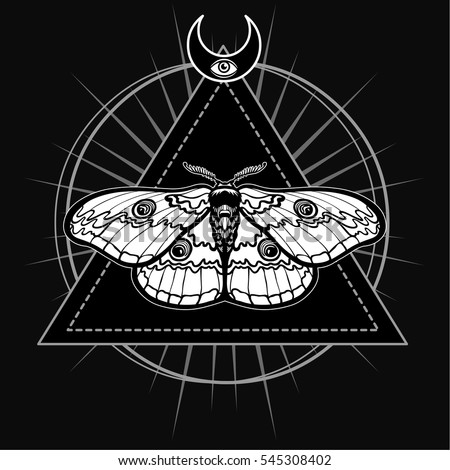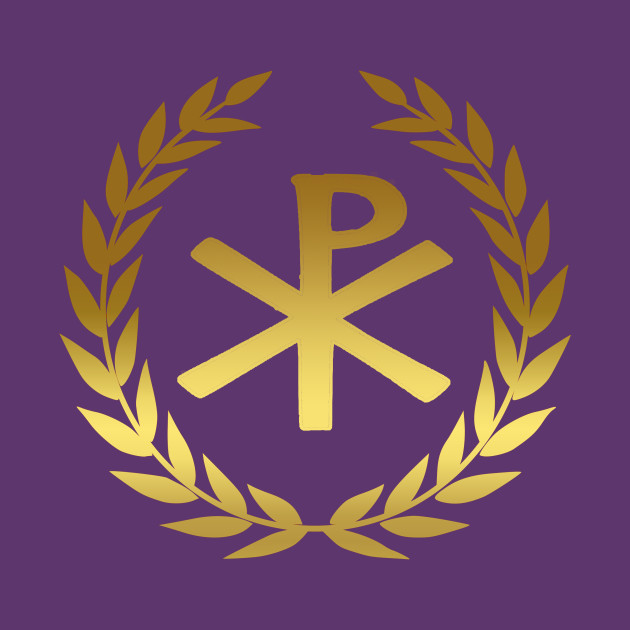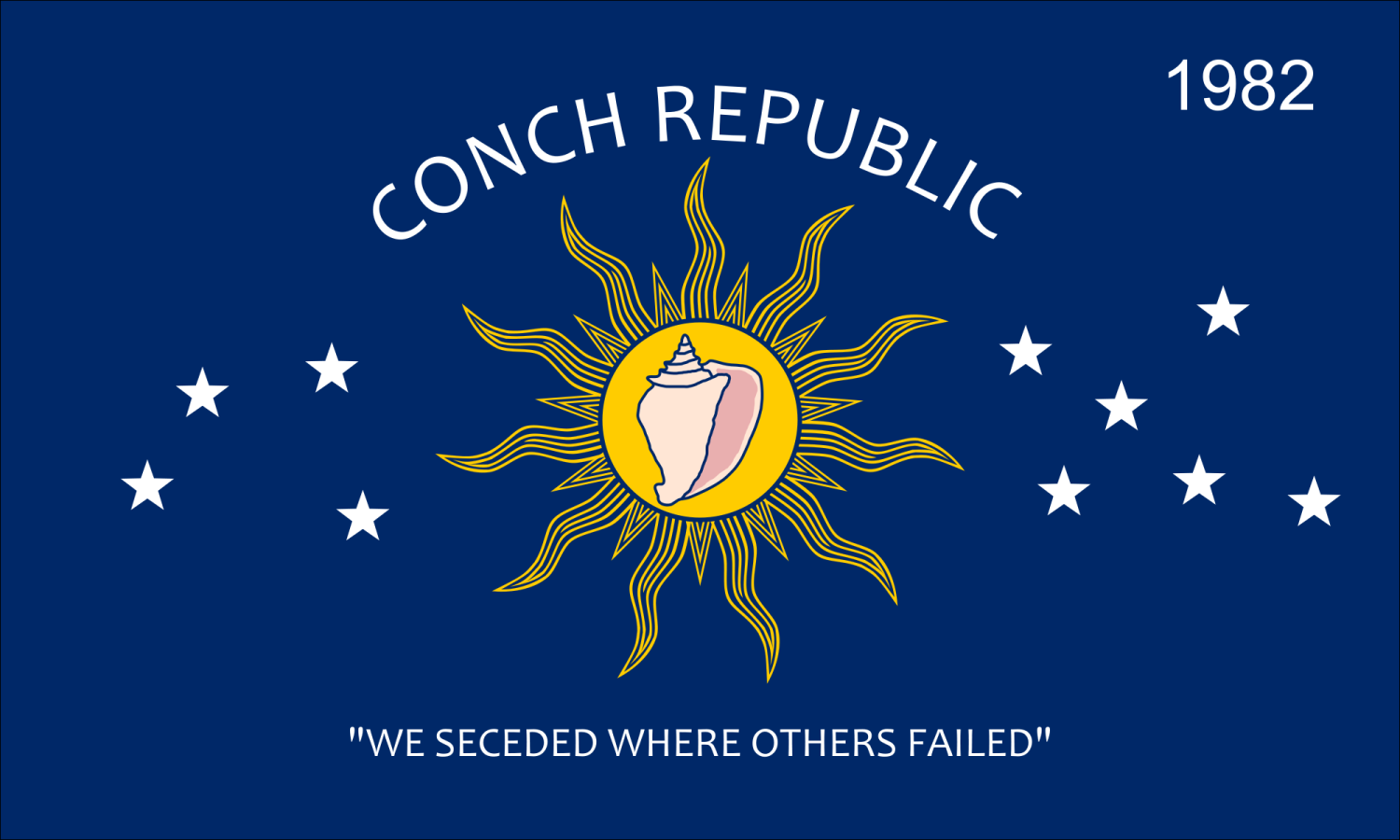 South The Mason War. War never changes. When atomic fire consumed the earth, those who survived did so in great, underground vaults. When they opened, their inhabitants set out across ruins of the old world to build new societies, establish new villages, forming tribes. As decades passed, these villages and tribes began to grow. Some united with others, forming greater nations. Some conquered others, creating vast empires built on a foundation of blood and slaves. These nations would fight, just as the men of the old world did. In this cauldron of fire and war, nations would rise and fall, with only a few rising above the others to form great Empires. Now is your time. For after decades of war, you and your nation stand alive and well over the corpses of the dead nations. Shall you conquer your neighbors, or band together with them against outside nations. Shall you dominate the land, or protect your Neutrality. It's up to you, but no matter what, war shall go on. For War, never changes." ICMAPDISCORD CHAT Welcome to Fallout South the Mason. This is a Fallout Nation RP set in the American South and parts of the Caribbean, starting in the year 2293. While heavily based on, this is not a orthodox retelling of the Fallout Lore. Our Point of Divergence is 2077, when the bombs are dropped and the world is destroyed. From there, nothing is set in stone and is up to all of us. Players, when creating their nations, can choose to use Fallout Lore or come up with entirely new inventions for their nation and its lore. My goal isn't to have people follow a strict idea of Fallout, but instead allow them to build their Fallout world as they want it. If you want a Brotherhood of Steel or a Enclave, your entirely allowed to create one, If you want to create an entirely new Republic or Kingdom or Tribe in the middle of the American South then you are good for the rp. Note: That said, the Op/GM does have control of canon outside the Play Area. |
Rules and Regulations
|
Application After reading all that, I'm sure you're just aching to get yourself into our roleplay and I am here to provide you with the tools to do so. Please fill it out in as much detail as you can think of, and your application will receive a response within a 48 hour period by the OP himself. Please be patient with this process, and please for the love of god delete the parts in (). Nation/Faction Application:
Character Application (Yes, PCs are permitted, but do not make too many!)
|
Banlist Dragos Bee. |
Alright, I know you're ready to just get right into this but here is additional information that can be very helpful concerning our fallout universe.









